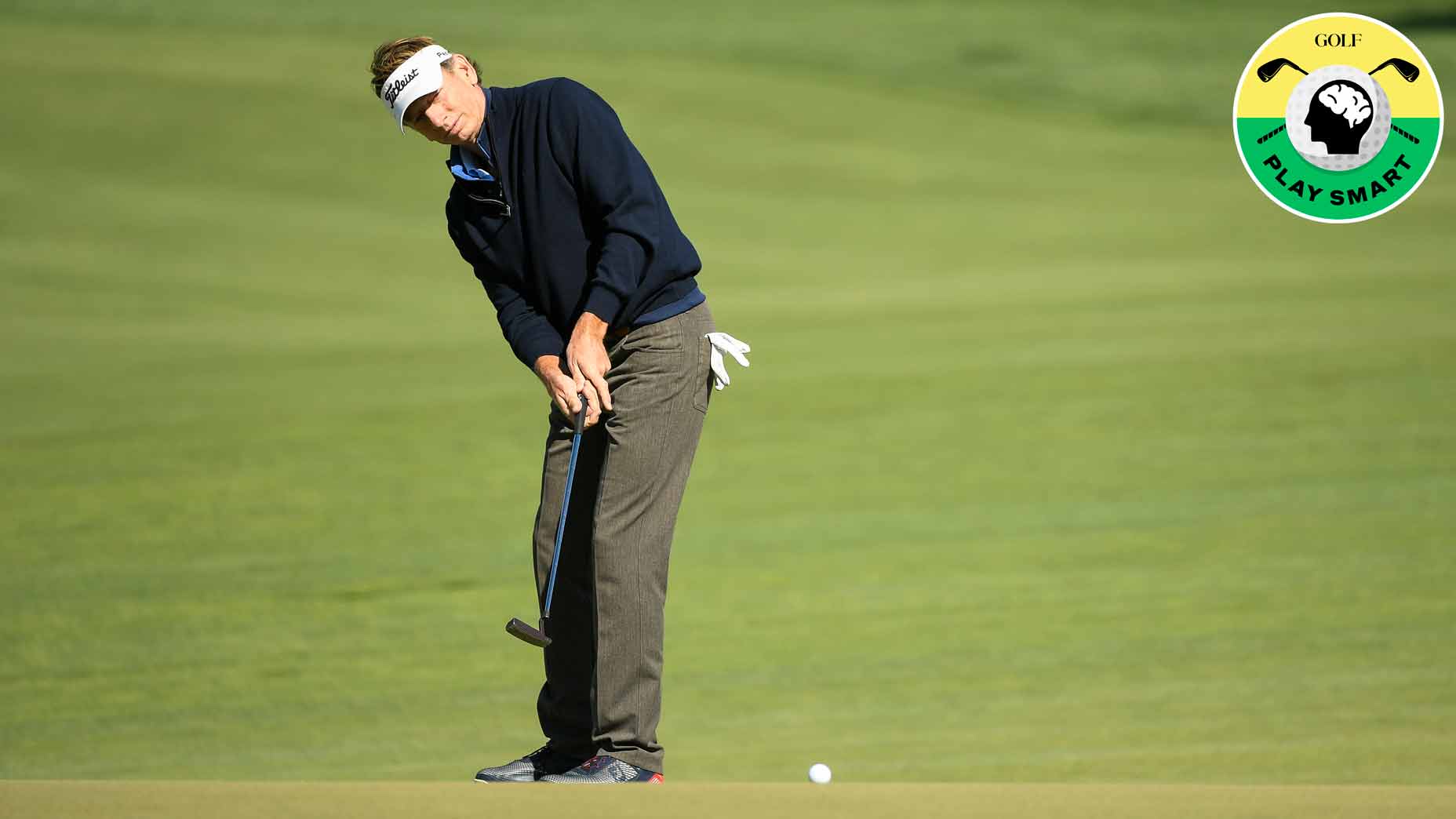Welcome to Play Smart, a regular GOLF.com game-improvement column that will help you play smarter, better golf.
Putting is a unique skill in golf. It requires a certain artistry that other elements of the game rarely require. You can be ultra mechanical, like Bryson DeChambeau, or you can be free-flowing, like Ben Crenshaw. There’s no one-size-fits-all approach on the greens.
With the ability to add your own flair to your stroke, there are a variety of variables you can tinker with. But one of the most important elements is the use of the wrists.
In today’s edition of Play Smart, we get some advice from Brad Faxon — one of the best putters of all time — for his method for determining how much wrist you should use in your stroke.
“I often get asked, should my stroke be wristy? Less wristy? A blend of arm swing [and] shoulders? How much should I move when I putt,” Faxon says. “I think this is a great skill-based drill that you can try out.”
All you need for Faxon’s drill is three balls — and it will help you determine the proper amount of wrist you should use during the stroke.
To set up, grab three balls and set them up in a line about 10 feet away from the hole. With the first ball, try to use a ton of wrist during the stroke. On the second ball, do the exact opposite and eliminate almost all wrist movement during the stroke. With you final ball, try a blend of the two methods.
“You can do this a little bit — with short putts, medium-length putts of about 15 feet, or long putts,” Faxon says. “Should you be wristy? I think this is a good thing to try for yourself. Get extreme with it. When you look at it on video, it won’t look that much different — I promise you that.”
The putting stroke is all about being comfortable over the ball. So, if using more wrist makes you comfortable, go with that, and vice versa. It’s all about confidence when you’re standing over the ball.
